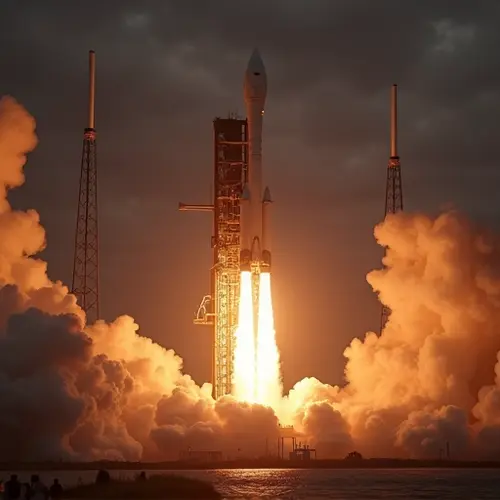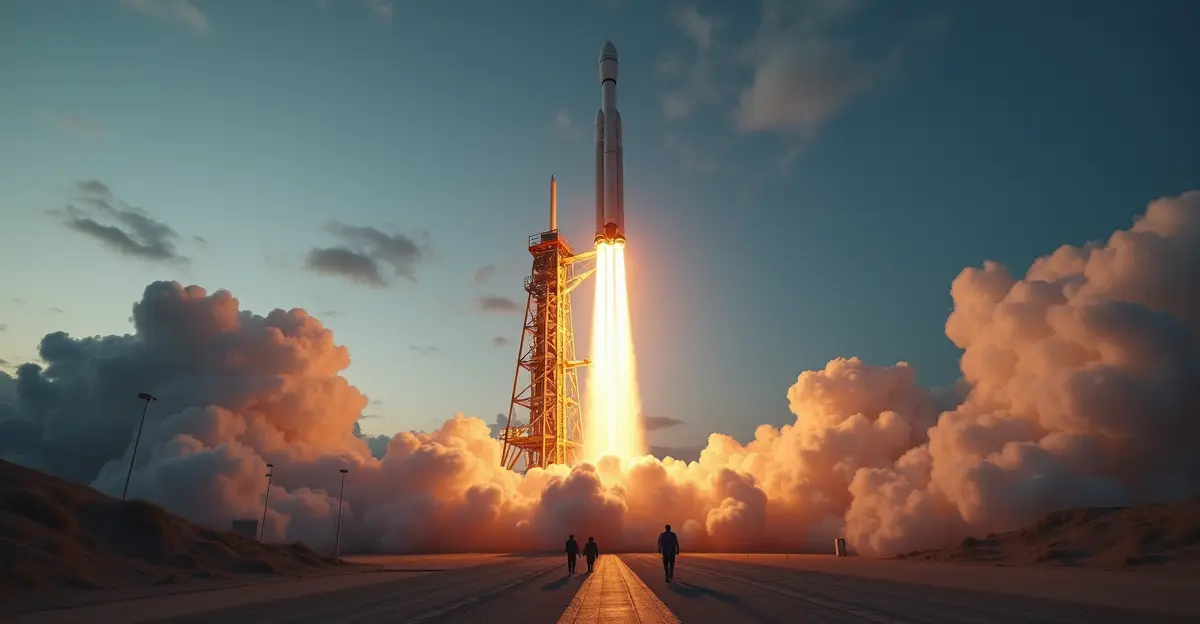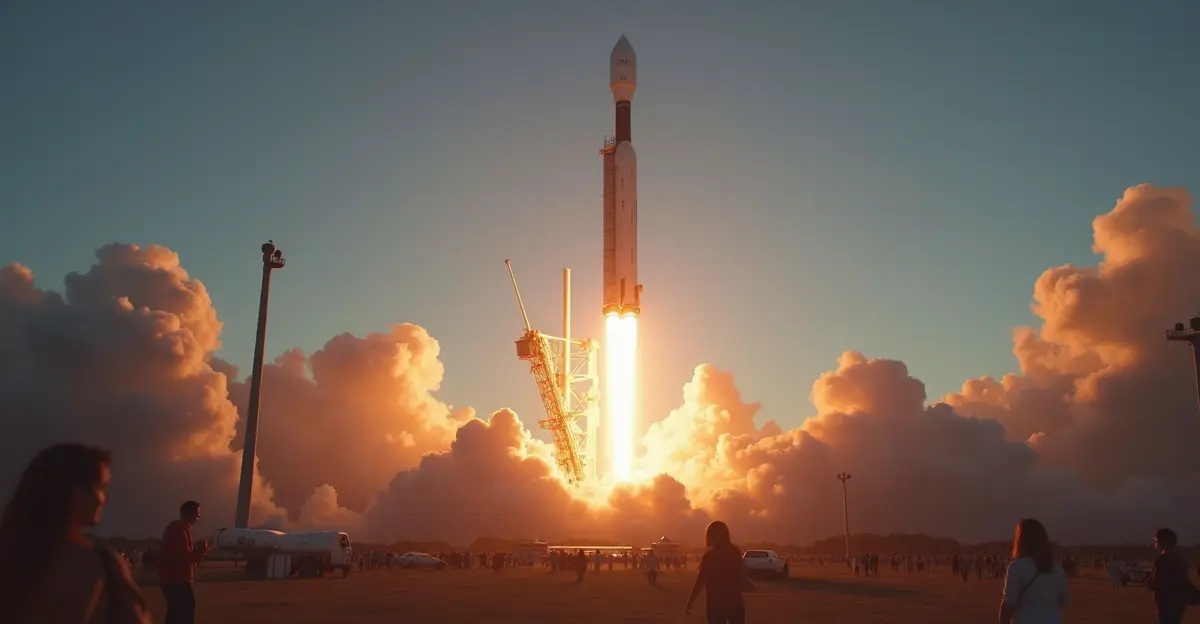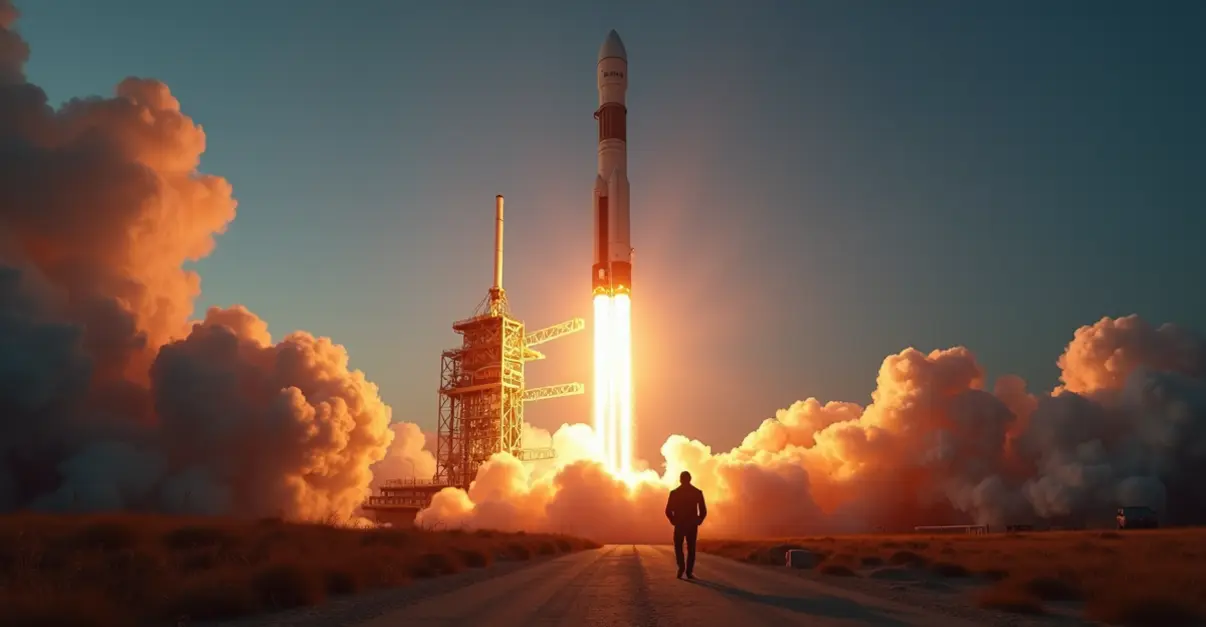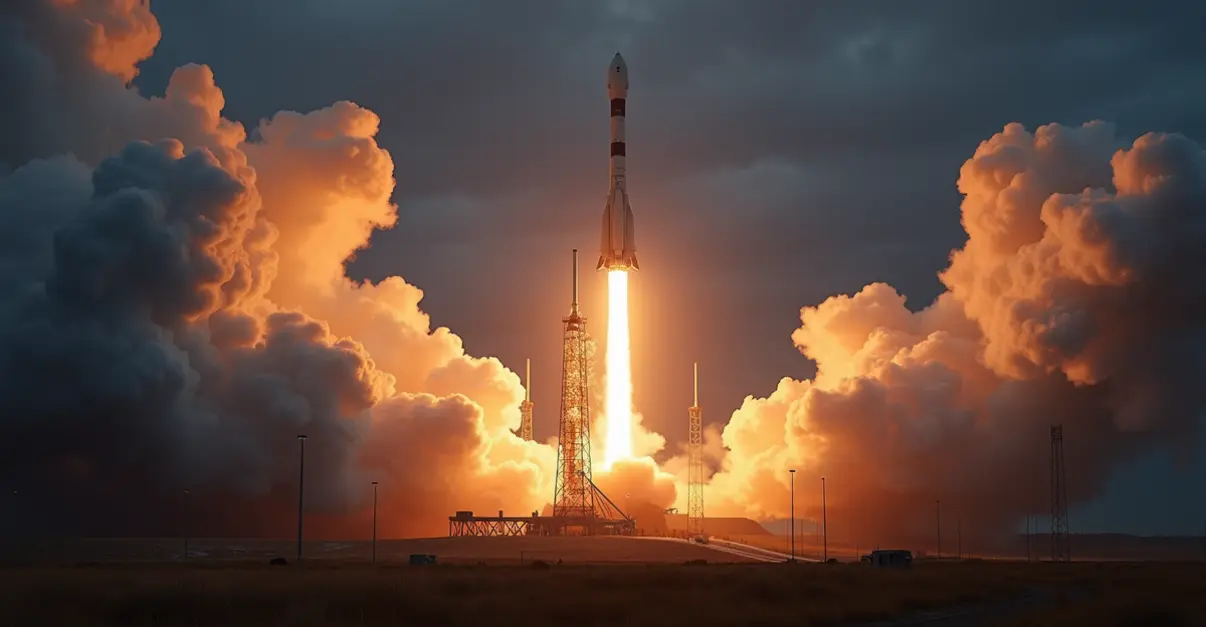SpaceX leads 2025 space launch surge with 175-180 planned missions, while Starship development accelerates. Commercial dominance grows as payload diversity expands across satellites, with medium-lift vehicles dominating market share. Industry faces infrastructure constraints amid record growth.
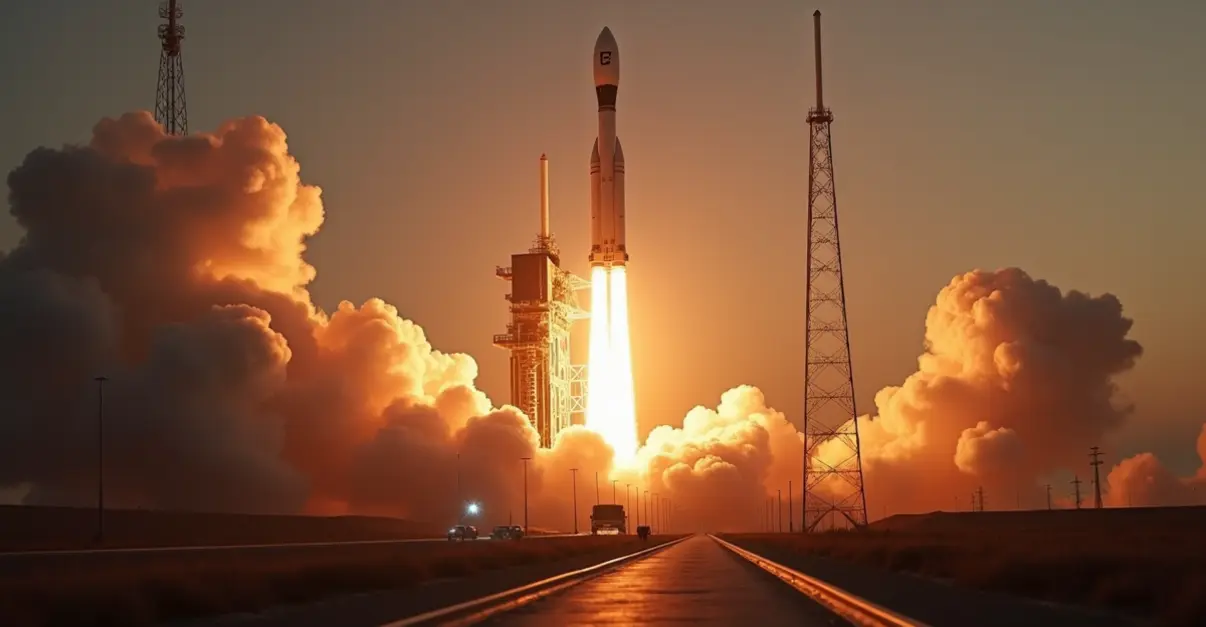
Record-Breaking Launch Cadence Reshapes Space Industry
The commercial space launch industry is experiencing unprecedented growth in 2025, with SpaceX leading the charge toward a projected 175-180 launches this year. As of recent reports, the company has already completed 129 missions, maintaining a perfect 100% success rate and achieving 123 booster landings with a remarkable 99% success rate. 'We're seeing the industry transform before our eyes,' says Dr. Amanda Chen, space industry analyst at the Aerospace Corporation. 'The cadence we're witnessing today would have been unimaginable just five years ago.'
Private Sector Dominance and Payload Diversity
SpaceX's dominance is particularly striking, accounting for 95% of US launches in 2024 with 145 missions. The company's launch breakdown for 2025 includes 125 Falcon 9 missions, 4 Starship flights, and no Falcon Heavy launches so far. According to industry analysis, Rocket Lab has emerged as the closest competitor, demonstrating reliable launch cadence while other companies like ULA, Relativity Space, and Firefly are developing differentiated approaches to capture market share.
The payload landscape has diversified significantly, with satellites dominating the commercial space launch market with a 62.0% share. Market projections indicate the global commercial space launch market will grow from USD 9.4 billion in 2025 to USD 36.7 billion by 2035, representing a 14.6% compound annual growth rate. Medium-lift launch vehicles (2,000-20,000 kg) currently dominate with 56.63% market share, while heavy-lift vehicles (>20,000 kg) are expected to grow at 16.2% CAGR.
Starship's Ambitious Development Timeline
SpaceX's Starship program represents the most ambitious development in the industry, with plans for biweekly flights and potential operational status by year-end. As of October 2025, Starship has conducted 11 launches with 6 successes and 5 failures. The program achieved significant milestones including the first successful booster recovery with tower catch during Flight 5 in October 2024. 'Starship is the game-changer we've been waiting for,' notes former NASA administrator Jim Bridenstine. 'When operational, it will fundamentally alter our approach to space exploration and commercial utilization.'
National Programs and International Competition
While commercial providers lead in launch frequency, national programs continue to play crucial roles. NASA's Artemis program leverages commercial partnerships through Commercial Lunar Payload Services (CLPS) initiatives, while the Space Launch System (SLS) remains America's primary super heavy-lift vehicle for crewed lunar missions. Internationally, China continues its aggressive launch schedule with multiple Long March missions, and Arianespace's Ariane 6 is scheduled for the Sentinel-1D launch on November 4, 2025.
The industry faces significant challenges despite the rapid growth. Supply chain fragility, launch site capacity constraints at Florida's Space Coast, and complex regulatory processes continue to impact operations. 'The infrastructure simply hasn't kept pace with demand,' explains launch operations specialist Maria Rodriguez. 'We're operating at near-maximum capacity at traditional launch sites, which creates scheduling bottlenecks.'
Economic Implications and Future Outlook
The economic impact of this launch cadence extends beyond the space industry itself. Industry analysis shows the total mass delivered to orbit surged 40% to 1.9 million kilograms in 2024, enabling new business models across telecommunications, Earth observation, and scientific research. Reusability strategies vary across companies - SpaceX and Rocket Lab focus on first-stage recovery, while ULA develops 'Smart Reuse' for engine module recovery.
Looking ahead, industry leaders remain optimistic about future opportunities. The market requires diverse solutions from rideshare missions to heavy-lift vehicles, with economics being the ultimate driver. As launch costs continue to decrease through reusability and mass manufacturing, new applications and business models are expected to emerge, further accelerating the space economy's growth throughout the remainder of the decade and beyond.

 Nederlands
Nederlands
 English
English
 Deutsch
Deutsch
 Français
Français
 Español
Español
 Português
Português




